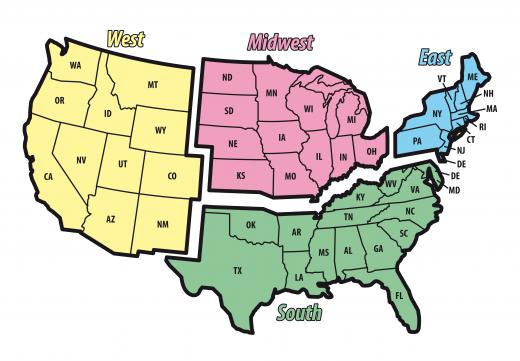What is the Barringer Crater?
 Michael Anissimov
Michael Anissimov
Barringer Crater, otherwise known as Meteor Crater, is one of the best-preserved and largest impact craters on the planet. Located 43 miles east of Flagstaff, Arizona, the Barringer Crater is about 1,200 m (4,000 ft) in diameter, 170 m (540 ft) deep, and has a rim that rises 45 m (150 ft) from the surrounding desert terrain. Within the crater is about 240 m (800 ft) of rubble that covers the crater floor.
Probably one of the most famous and well-visited craters in the world, the Barringer Crater was made about 50,000 years ago, during the Pleistocene. At the time, the terrain was much wetter and cooler than today, and would have been a grassland occupied by camels, woolly mammoths, and giant ground sloths. A nickel-iron meteorite about 50 meters (164 ft) across impacted the ground at 12.8 kilometers per second (28,600 mph). When it entered the atmosphere, the bolide is estimated to have had a mass of 300,000 tonnes, half of which was lost due to friction by the time it reached the surface. The meteorite hit the ground at an 80 degree angle, ejecting 175 million tonnes of rock and producing an explosion equivalent to about 2.5 megatons of TNT, or 150 times as intense as the atomic bombs that destroyed Hiroshima and Nagasaki. Thousands of plants and animals in the vicinity would have been vaporized instantly.

Initially thought to have been the result of a volcanic steam explosion, the Barringer Crater is the first crater that was recognized as coming from a meteorite impact. In 1903, Daniel Morreau Barringer, a mining engineer and businessman, was the first to suggest the impact theory, which was considered scientifically dubious at the time. It was thought that meteorite impacts were extremely rare. Barringer attempted to dig up the nickel-iron meteorite that created the crater, but failed. The consensus that Barringer Crater was created by a meteorite did not emerge fully until the 1950s, as planetary science became more mature. Only in 1960 did Eugene Shoemaker, the great planetary scientist, find minerals in the crater that definitively proved it was caused by a meteorite impact. Since then, many other craters have been discovered around the world.
AS FEATURED ON:
AS FEATURED ON:











Discuss this Article
Post your comments